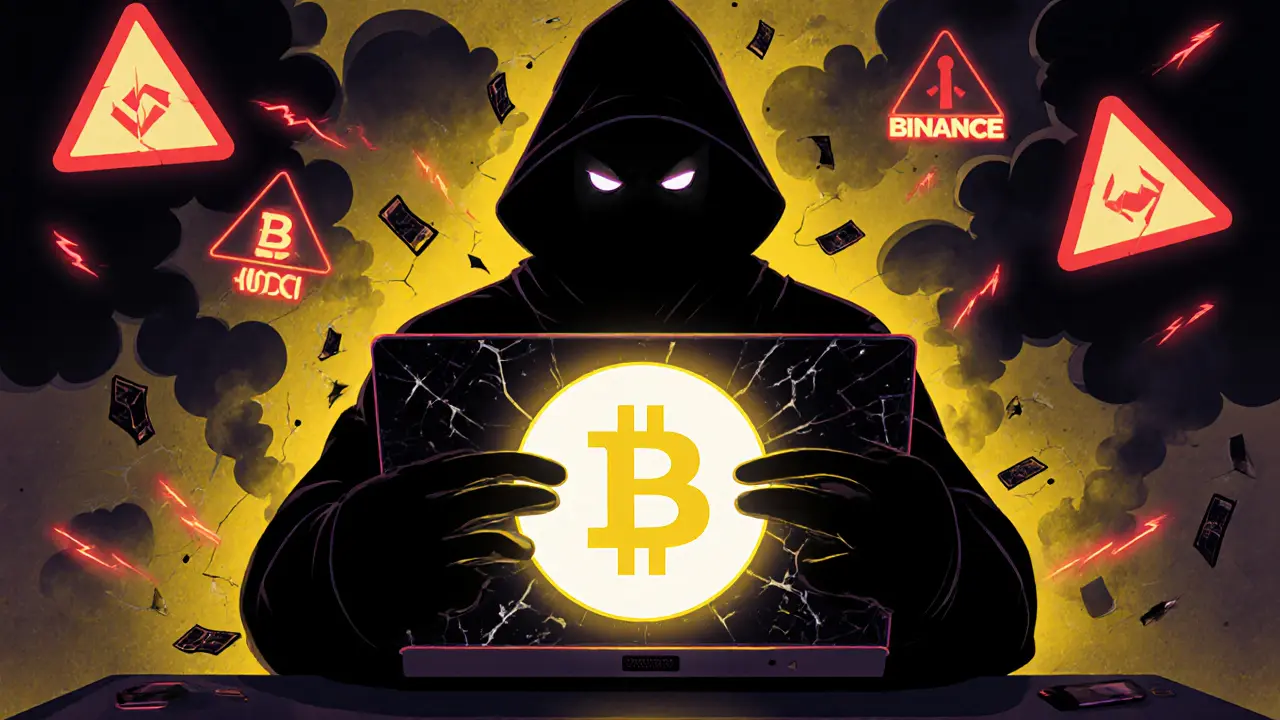Crypto Exchange Safety: How to Pick a Secure Platform and Avoid Scams
When you’re trading crypto, your crypto exchange safety, the ability of a platform to protect your funds from theft, hacks, and fraud. Also known as crypto platform security, it’s not just about passwords—it’s about who runs the exchange, how they store your money, and whether they’re accountable to anyone. Too many people lose everything because they picked an exchange that looked shiny but had zero real protection. The difference between a safe exchange and a scam isn’t always obvious. Some look like Binance. Others are just fake websites with copied logos.
Real regulated crypto exchange, a platform licensed and monitored by government financial authorities like the EU’s MiCA or the UK’s FCA don’t just say they’re secure—they prove it. Mercurity.Finance, for example, is built for businesses under strict EU rules, with euro-yen settlements in seconds and institutional-grade audits. Compare that to Alita Finance, which claims zero fees but has no users, no regulation, and no proof it exists. Regulators have already flagged it as a scam. If an exchange doesn’t name its legal entity, its licensing body, or its audit firm, walk away.
crypto exchange scams, fraudulent platforms designed to steal deposits through fake interfaces, phantom trading, or fake airdrops are everywhere. HaloDAO’s fake CoinMarketCap airdrop, KTN’s broken smart contract, and CSS’s non-existent 2025 giveaway—all were traps. They lure you with free tokens, then steal your private keys or lock your funds. A real exchange doesn’t need to give away tokens to get your attention. It earns trust through transparency, not hype.
Security isn’t just about regulation. It’s about how your coins are stored. Exchanges that keep most funds in cold wallets—offline, disconnected from the internet—are far safer. Those that brag about high trading volume but hide their reserve proofs? That’s a red flag. Binance Liquid Swap works because it’s built on Binance’s infrastructure, not because it’s flashy. It lets you swap without connecting your wallet, reducing exposure to hacks.
And don’t confuse safety with convenience. A platform that lets you trade instantly with one click might be risky. A slower, regulated exchange that requires identity checks and multi-signature approvals? That’s the one that keeps your money safe when the market crashes or hackers strike. The safest exchanges don’t try to be everything to everyone. They focus on one thing: protecting your assets.
What you’ll find below isn’t a list of top exchanges. It’s a collection of real cases—platforms that failed, scams that tricked thousands, and the few that actually did things right. You’ll see how a 0% fee promise hides a dead project. How a "DeFi" exchange can be a front for theft. And how the most secure platforms rarely make headlines—they just quietly keep your money safe.
BtcPro Crypto Exchange Review: Is It Legit or a Scam?
BtcPro is not a legitimate crypto exchange - it's a scam. Learn how fake platforms trick users, what real exchanges look like, and how to protect your funds from crypto fraud.
read more

